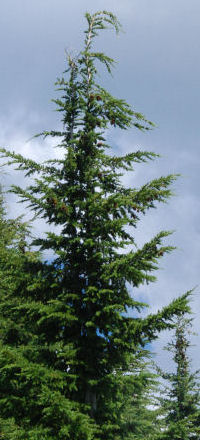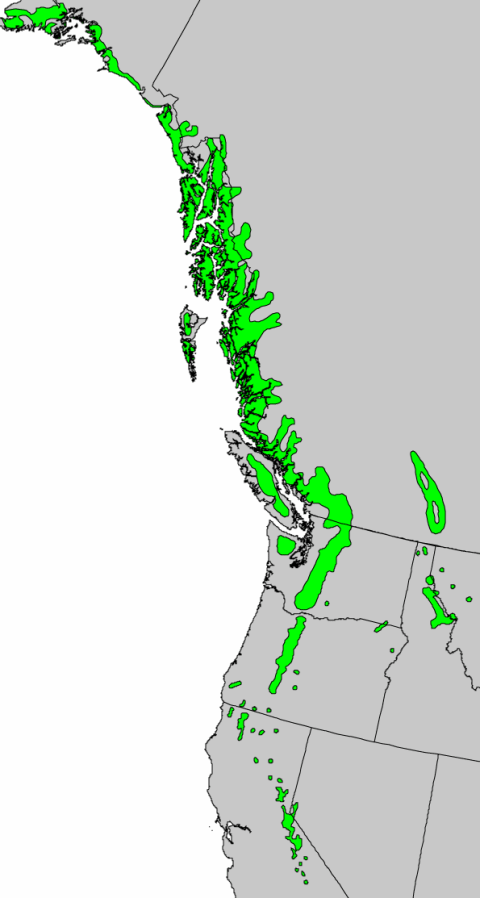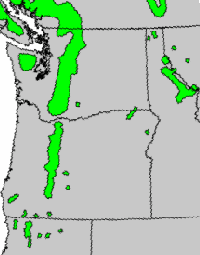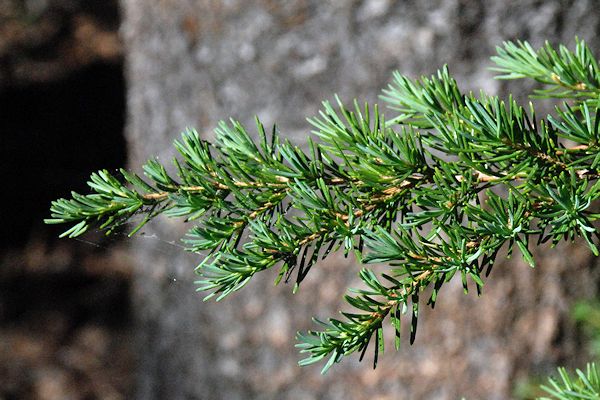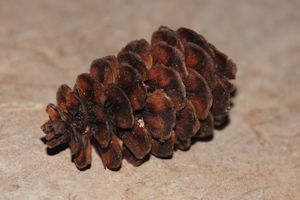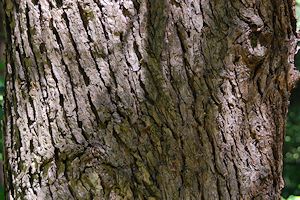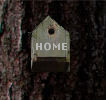 |
Northwest Conifers |
AboutAll ConifersConifersLow-elevationHigh-elevationOthersEast SideSouthwestNon-natives——————Conifer ConesIndexMore Info |
Mountain Hemlock
– Tsuga
mertensiana
|
|
|
Mountain hemlock is an attractive tree that grows to 130 feet (40 meters). It is easily recognized by the leader at the top of the tree, which droops like western hemlock. Needles: Short and flat like western hemlock, but they stick out in all directions instead of lying flat, giving it the appearance of a worn-out bottle brush. The needles have white lines on both surfaces and often have a blue-green color. Cones: The cones look like giant western hemlock cones. They are about the same size as Engelmann spruce, but the hemlock scales are rounded and thicker. Bark: The gray bark develops small, deep furrows on large trees. Where it grows: Mountain hemlock is common in the higher elevations of the Cascades and Olympic Mountains, often at the timberline with subalpine fir. Sometimes it grows in pure stands of large trees. However at the timberline, it often remains a creeping shrub. The range also extends into the mountains of California, the northern Rocky Mountains, and along the coast of Alaska to Anchorage, where its range extends down to sea level. Mountain hemlock at Hoyt Arboretum Uses: The lumber has little commercial value. However, it is a popular ornamental, not only due to its attractive blue-green color, but also because it adapts well to warmer, wet climates and grows slowly. Names: Mertensiana is named after its discoverer, Karl H. Mertens. Other common names: Alpine hemlock and black hemlock. |
|
© 2011 Ken Denniston

